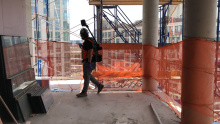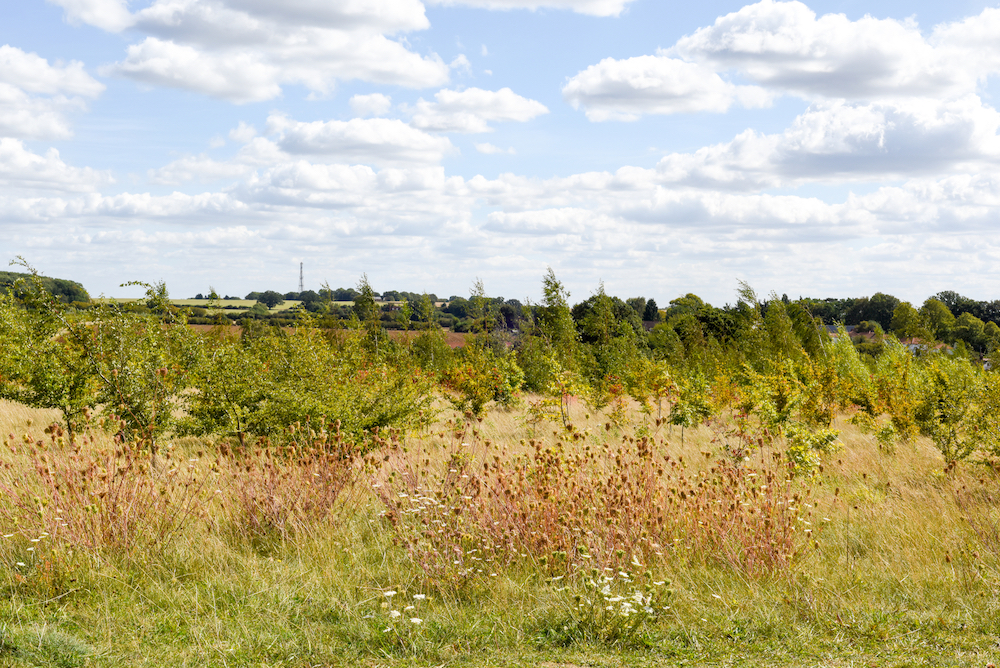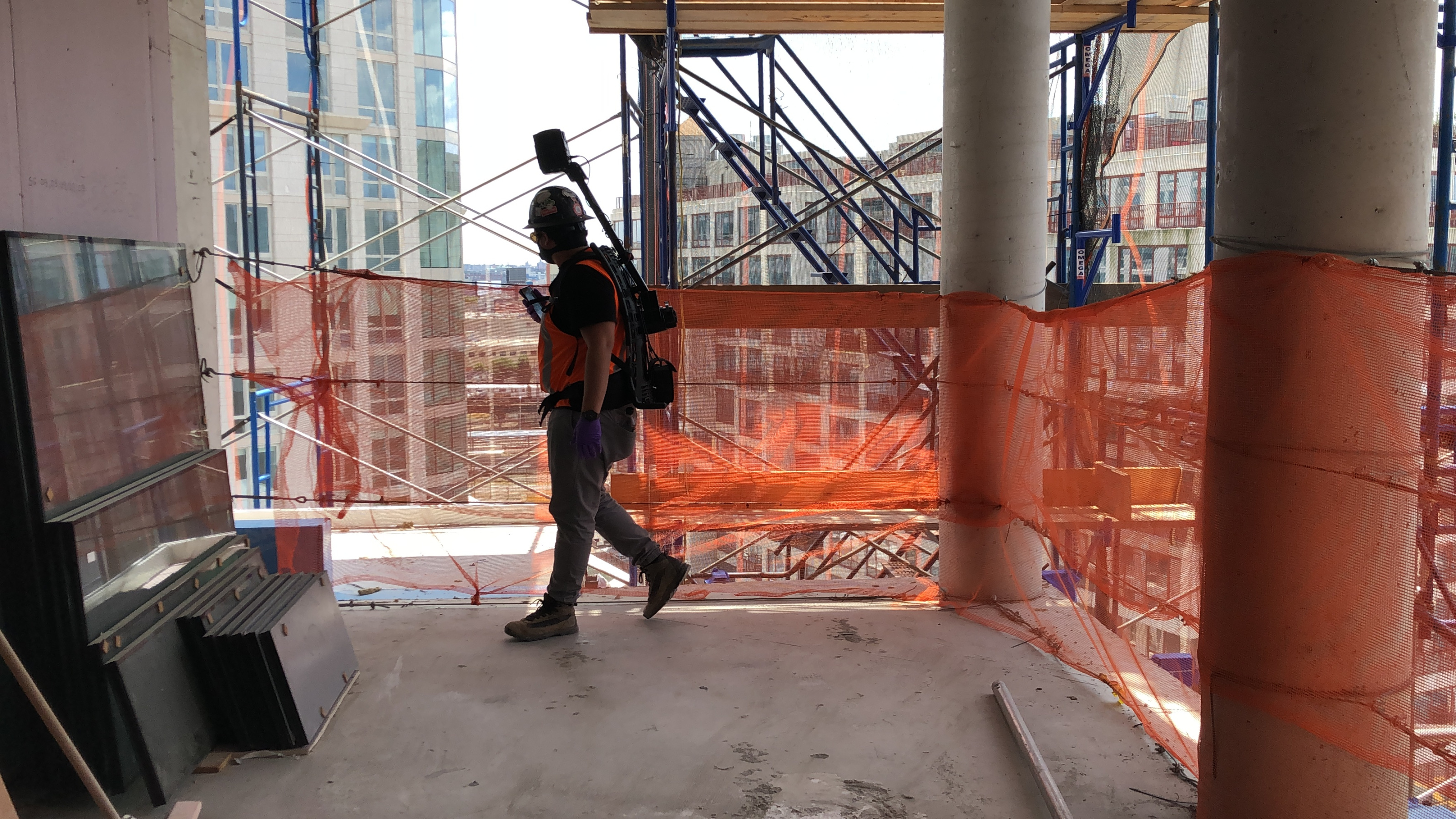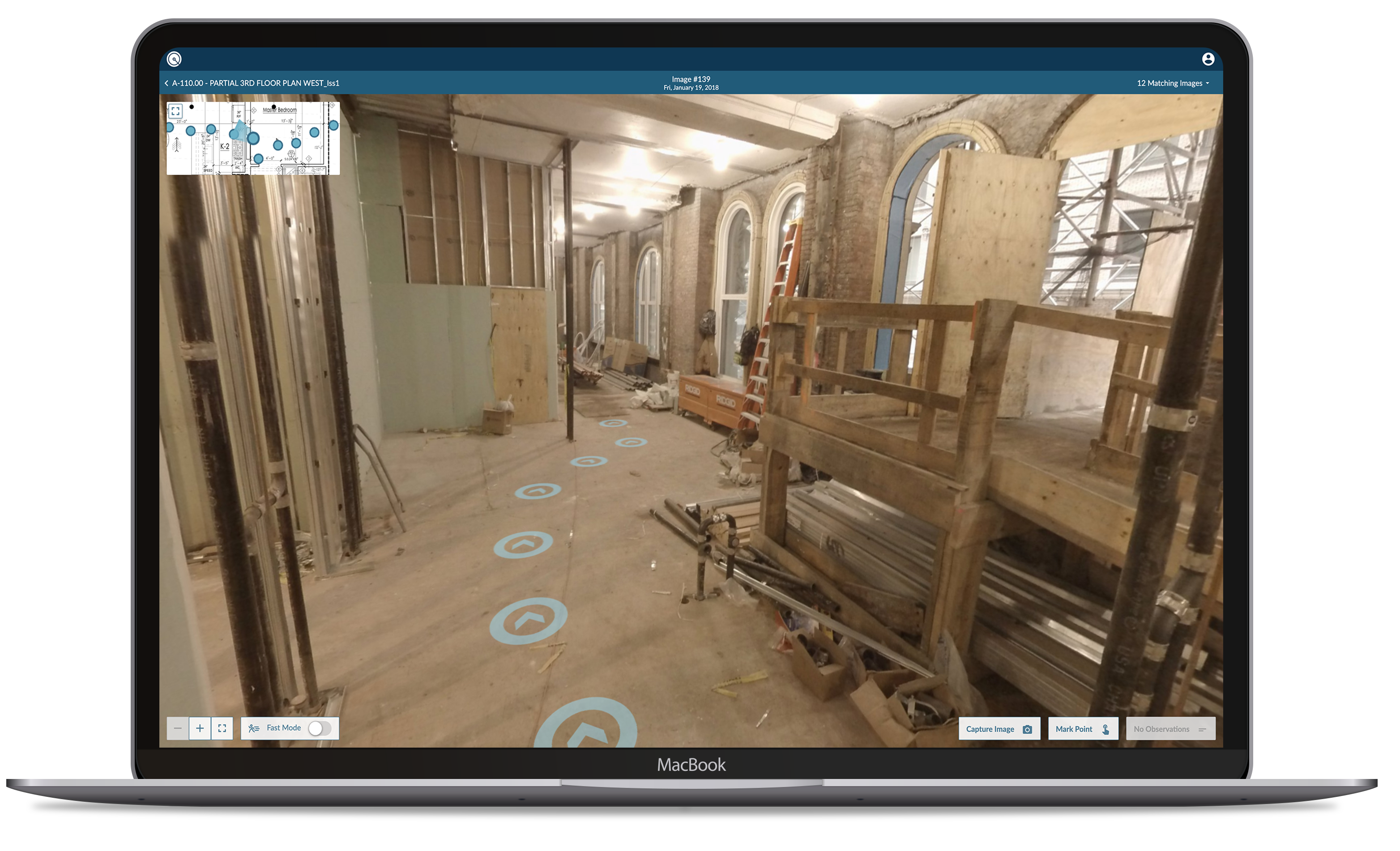
A recent McKinsey study found that 98 percent of all megaprojects suffer from a cost overrun of at least 30 percent and that 77 percent of these projects are at least 40 percent late at completion. As these escalating challenges compress developers’ bottom lines, construction monitoring can play a critical role in reducing both costs and competition time. In this post, we’ll explore how 360° construction photo documentation helps you deliver projects on-time, on-budget, and with higher profit margins through each phase of construction.
Stages of Construction with 360 Technology
- Initiation.
- Planning.
- Execution.
- Performance and monitoring.
- Operations
Initiation

Before architects and engineers even put pen to paper the first phase of every project involves identifying a site and performing an initial walkthrough. Whether that plan is to break fresh ground or rehab an existing site visual construction documentation has a role to play. Engaging a construction monitoring solution early allows you to capture 360 degree photo documentation of the site in its original state and to document existing conditions on the ground. These records are critical in later stages of any project and can be used for reference throughout the construction lifecycle by construction managers, architects, and engineers to to help them develop and execute their plans. In the case of a fully remodeled project, future facilities managers will value the ability to look back in time to the initiation phase to understand what existed on the site before construction even commenced.
Planning

During this phase of the construction process, developers focus on mapping out the project’s details ahead. They define the full scope of work and create a project road map detailing the order in which critical tasks should be completed. Resources and people power are also allocated during this phase based on the requirements of the project plan. Those resources are likely to include materials, equipment, and labor, as well as any technology or back-end solutions to help facilitate the smooth execution of a project. The planning phase is also the time when developers select progress tracking and accountability tools including construction monitoring solutions.
Traditionally, construction monitoring is a meticulous and hands-on process that requires developers to allocate time and resources to walk their jobsite in person at a regular cadence to assess progress, identify issues, and create accountability with on-site teams. However, for land owners and real estate developers with large portfolios consisting of many disparate and complex projects, time is a limited resource. Construction monitoring solutions fill this gap by creating detailed construction photo documentation and construction photo documentation management. In combination, these tools allow developers and their teams and other key stakeholders, to keep close track of every project in their portfolio from wherever they are. For this reason, it’s important to think carefully about the type of solution you plan to implement during the planning phase. Look for a provider like OnSiteIQ that offers both the ability to create high-resolution 360-degree construction video and photo documentation and a smart digital platform that makes these images quickly and easily accessible in an easy to navigate format. It’s also important for larger projects to select a solution that can integrate with other project management tools in your tech-stack. One example is Procore, which can bring the detailed construction photo documentation created by a solution like OnSiteIQ together into a complete project management solution for owners and builders.
Execution

The bulk of the time spent on any project is usually in the execution phase. During the execution phase teams head to work on the jobsite. By this point, you should have a team in place, and have all the human and material resources allocated. Any major tasks are usually assigned during the execution phase and construction managers have been equipped with the project plan. A construction monitoring solution should be fully implemented during this phase to allow for tracking, accountability, progress monitoring. Once the project plan is in place, and teams have their assignments, construction monitoring can kick off in earnest giving owners and developers insight into how on-site teams are tracking against their initial plans.
During the execution phase, developers will typically engage a construction monitoring solution like OnSiteIQ to collect visual documentation from their jobsites regularly.An OnSite team will walk the site at a predetermined regular cadence to capture high-resolution 360-degree construction documentation of every area of your job site and upload these images to our easy-to-use digital platform. It’s also during this period that critical stakeholders are brought together into the OnSiteIQ construction monitoring platform. This allows for simple, easy construction photo documentation management giving every stakeholder access to a database of regularly updated visual records and the ability to perform a virtual walkthrough of their own with images mapped to the project floor plan. Stakeholders can also use the platform to add observations and track issues, leaving them more prepared to participate in regular status meetings regardless of whether they can be physically present at the site.
Each 360-degree walkthrough can be used as a project milestone date in the construction process on say a weekly basis. One can “time travel” back and forth in the construction process to review progress. Furthermore, by obtaining measurement data from the 360-degree walkthroughs, it’s even possible to remotely review tricky variables like rough openings for equipment and MEP, avoiding modifications or changes to future installations. By examining the construction photo documentation created by a construction monitoring service, it’s even possible to remotely review and approve delicate installations like cabinets, doors, and windows and to confirm ceiling heights.
Performance and Monitoring

While performance and monitoring take place alongside execution, it’s easier to think of it as its distinct phase of construction. While your team on the jobsite goes to work, a separate layer of activity is happening in the background focusing on tracking performance, monitoring for issues, and assessing progress.
Status meetings typically begin with the start of construction, but they really belong to the performance and monitoring phase of construction. These meetings convene all key stakeholders to share updates on progress and make decisions about any changes that need to be made or challenges that need to be addressed. It may not be possible for owners and developers to work across a broad portfolio to attend these meetings in person. Utilizing a construction monitoring solution allows all the stakeholders in a given project to stay informed about changes to the project schedule and progress on key parts of the project plan allowing everyone to come fully prepared to discuss key details of every project regardless of whether or not they are physically present at the site, or operating remotely. Any changes are visible immediately, and stakeholders can participate from wherever they are, ensuring that the project stays on track.
Large projects with many floors or are located on large sites can require significant person-hours to consistently monitor job progress creating considerable demand for owners, managers, trade contractors, and possibly insurance underwriters. Working with 360-degree high-resolution photos that are available sequentially in a cloud-based platform saves many hours of labor and expense in travel and coordination with site personnel needed to walk the site of a large project. Leveraging these tools can greatly increase a skilled manager’s time and productivity.
Construction monitoring is key to the performance phase as it allows stakeholders to track errors, identify issues, monitor any accelerating costs, closely track team objectives, and record critical milestones. To learn more about all the reasons that construction monitoring is critical throughout the life of a project, visit our blog post on the 9 Benefits of Remote Construction Monitoring
Operations
Construction monitoring is also a vital component of the life of a project once construction is completed. From the immediate post-construction period to long-term facilities management, access to detailed 360-degree construction photo documentation provides significant value to developers and owners.
In the case of contractor claims or even legal disputes, the opportunity to present high-resolution construction photo documentation created by an independent third party provides an added layer of protection and accountability for developers. These 360-degree images can be overlaid on the original architect and engineering drawings and used for virtual walkthroughs. This adds another layer of understanding to the conditions at the time of the walkthrough as compared to the planned construction.
Manage Projects with Visual Construction Documentation
While there are many ways to create and retain construction photo documentation, construction documentation management becomes increasingly critical across the life of a project The ability to review images, travel back in time, and look behind walls to locate MEP without destructive investigation is significant to facilities managers looking to maintain quality and effect repairs and improvements with minimal disruption to tenants.
